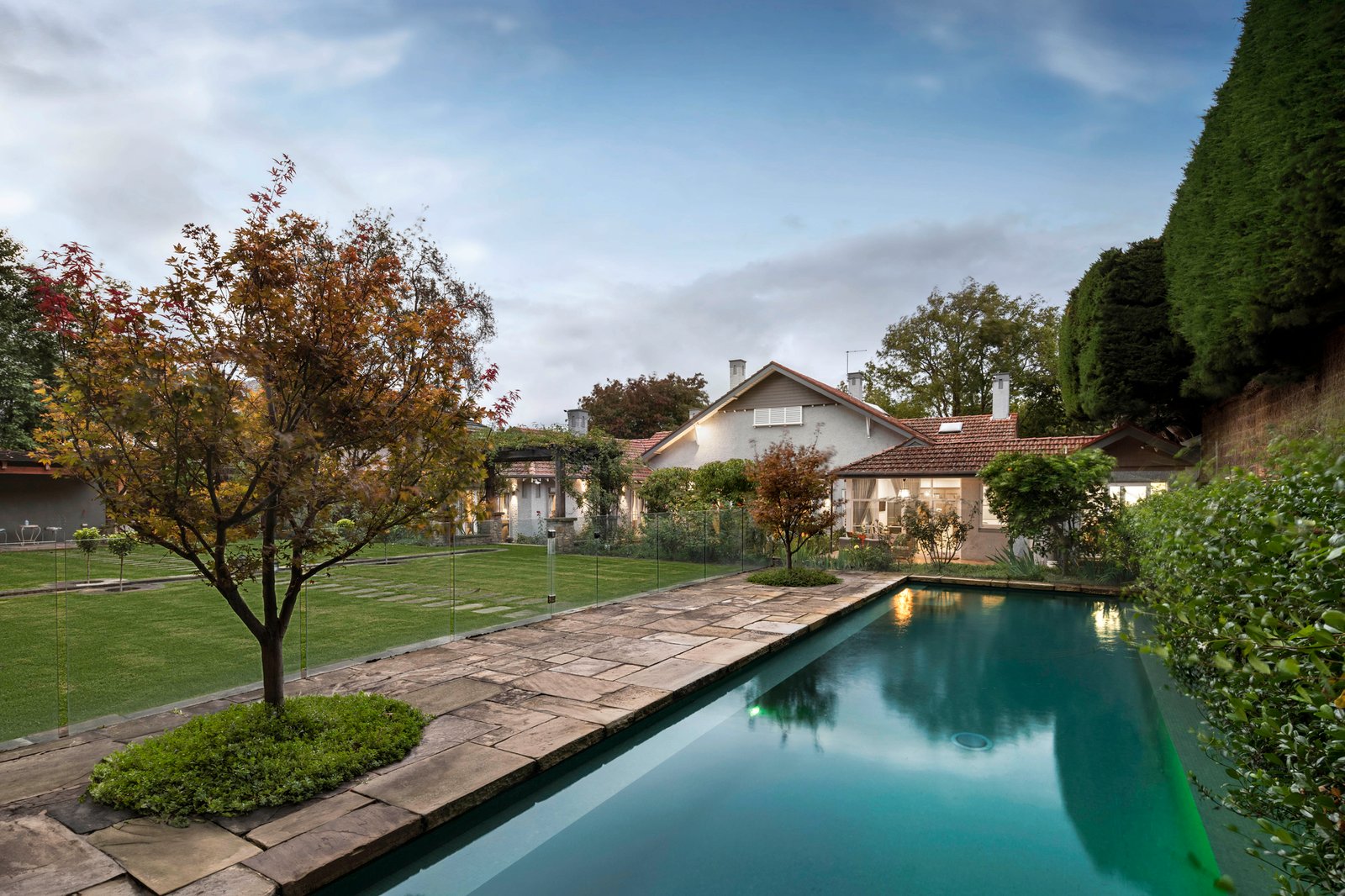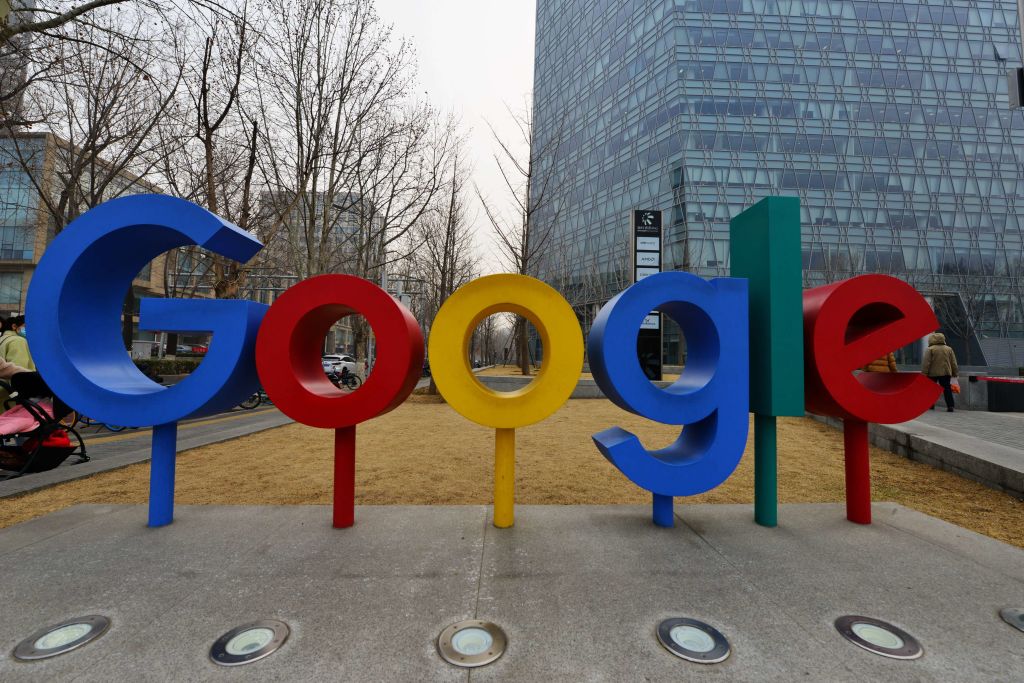Maserati’s GT Drops Its Top
The 2024 Maserati GranCabrio, the company’s new convertible and a complement to the GranTurismo coupe introduced in 2022, is available with either V6 power (the Trofeo model) or batteries (the Folgore).
That means the buyer has a big choice to make. The cars look quite a bit alike, but they’re radically different under the hood. They’re not far apart in price, though: The Trofeo is US$192,000 and the Folgore around US$205,000 (plus US$2,000 in destination charges for each).
The electric is unique in the marketplace as a four-place electric convertible supercar. Maserati also says it’s the fastest 100% electric convertible, but there isn’t much competition. Performance is fully competitive with the existing Folgore GT coupe. The convertible can hit 62 miles per hour in 2.8 seconds, with 277 miles of range (in the lenient European WLTP rating). The top speed is 180 mph.
The GranCabrio has no less than three 300-kilowatt electric motors (one in the front, two in the rear), which work with inverters derived from the Formula E electric racing series to give the car a total of 750 horsepower at the wheels. The battery, at the bottom of the car, is rated at 92.5 kilowatt-hours.
Maserati did its convertible upright. The top is beautifully finished and easy to put down, in 14 seconds, at speeds of up to 31 mph (though the on-screen control is a little confusing to use). A neck warmer allows the car to be used even in fairly inclement weather, and there’s a wind stopper that can go behind the front seats. Having to fit a top in the trunk area doesn’t seriously compromise rear-seat legroom, which is generous for this class of car. The trunk isn’t huge, but if the top is up a flap can be moved to increase luggage space.
Buyers of the Folgore can choose an interior special to the car, with soft-touch seat sections made from Econyl, a recycled nylon product made from (among other sources) used fishing nets, as well as remnants via fabric and carpet manufacturers. Reprogrammable laser edging means that customers can choose custom patterns for their seats.
Buyers of the internal-combustion model get a Trofeo powered by a three-liter, 542-horsepower twin-turbo V6 Nettuno motor derived from the high-performance powerplant on the MC20 supercar. The gas version of the convertible is a bit slower to accelerate than the EV, with zero to 62 taking 3.6 seconds. The top speed is higher, though, 196 mph. Seeing the four purposeful exhaust exits on the Trofeo, you might expect a mighty roar, but in fact both GranCabrios are pretty quiet. They’re proper Maseratis that don’t disturb the neighbors.
Both Trofeo and Folgore use 20-inch wheels up front and 21-inch in back, with multiple designs.
Roberto Cusano, responsible for GT and GranTurismo product planning, says the car offers a unique combination of performance and comfort, while also being “a real and authentic four-seater car that can carry friends and family.”
But it’s also good for thrills, according to Maserati chief designer Klaus Busse. “This is only the second generation of the GT,” Busse says. “And if you want to drive from Italy to Hamburg, you’d pick a stylish and comfortable car that could also work in a side trip to the [German racing track] Nürburgring for a hot lap without looking silly. That’s the Maserati GranTurismo.”
The second generation of the GT has obvious antecedents to the first, something Busse says was intentional. The company still uses old-world methods in shaping body panels and fenders that have some legacy with Maserati road cars such as the 3500 GT, first shown in Geneva circa 1957, he says.
“We wanted to make sure the convertible looked good open or closed, so the silhouette of the convertible with the top up is very similar to the coupe,” Busse says. There are minor differences in the appearance of the two versions of GranCabrio, and slightly different wheels. The EV obviously loses the intercooler and exhaust pipes.
A Multimillion-Dollar Electric Boat
Maserati appears all-in on using electric power for its vehicles, on land or at sea.
The introduction of the GranTurismo on the shores of Lago Maggiore also gave Maserati a chance to show off its €2.5 million (US$2.67 million) Tridente electric boat. The unique example floating at the dock had pearlescent (and copper) finish that changed color depending on the light hitting it.
Built at the Hodgdon Yachts shipyard in Maine from a design jointly developed by Maserati and Britain-based electric boat company Vita Power, the Tridente, with 600 horsepower from twin electric motors, cruises at 25 knots and has a top speed of 40 knots. To keep weight down, the Tridente has a carbon-fiber superstructure and a fiberglass hull. The single-layer battery pack is rated at 250 kilowatt-hours, and delivers a cruising range of 31 to 43 miles.
The highly aerodynamic 34-foot day boat (or superyacht tender) can recharge in as little as an hour. It has eight-passenger seating, and an enclosed cabin under the front deck that includes a bed and toilet. Only this one has been built to date, but given nine months another one could be commissioned, says James Essex, an electric systems engineer with Vita Power.
 Copyright 2020, Dow Jones & Company, Inc. All Rights Reserved Worldwide. LEARN MORE
Copyright 2020, Dow Jones & Company, Inc. All Rights Reserved Worldwide. LEARN MORE
This stylish family home combines a classic palette and finishes with a flexible floorplan
Just 55 minutes from Sydney, make this your creative getaway located in the majestic Hawkesbury region.
More than one fifth of Australians are cutting back on the number of people they socialise with
Australian social circles are shrinking as more people look for ways to keep a lid on spending, a new survey has found.
New research from Finder found more than one fifth of respondents had dropped a friend or reduced their social circle because they were unable to afford the same levels of social activity. The survey questioned 1,041 people about how increasing concerns about affordability were affecting their social lives. The results showed 6 percent had cut ties with a friend, 16 percent were going out with fewer people and 26 percent were going to fewer events.
Expensive events such as hens’ parties and weddings were among the activities people were looking to avoid, indicating younger people were those most feeling the brunt of cost of living pressures. According to Canstar, the average cost of a wedding in NSW was between $37,108 to $41,245 and marginally lower in Victoria at $36, 358 to $37,430.
But not all age groups are curbing their social circle. While the survey found that 10 percent of Gen Z respondents had cut off a friend, only 2 percent of Baby Boomers had done similar.
Money expert at Finder, Rebecca Pike, said many had no choice but to prioritise necessities like bills over discretionary activities.
“Unfortunately, for some, social activities have become a luxury they can no longer afford,” she said.
This stylish family home combines a classic palette and finishes with a flexible floorplan
Just 55 minutes from Sydney, make this your creative getaway located in the majestic Hawkesbury region.





















